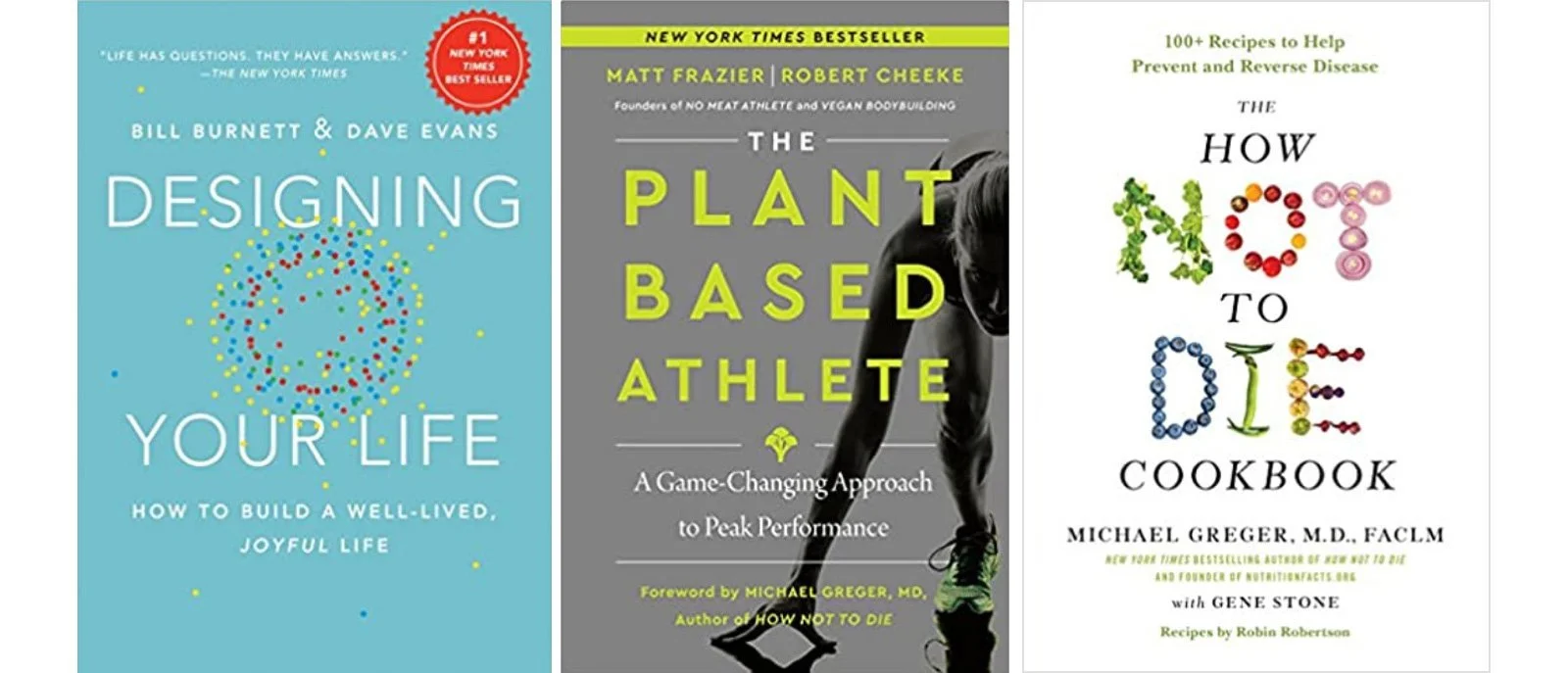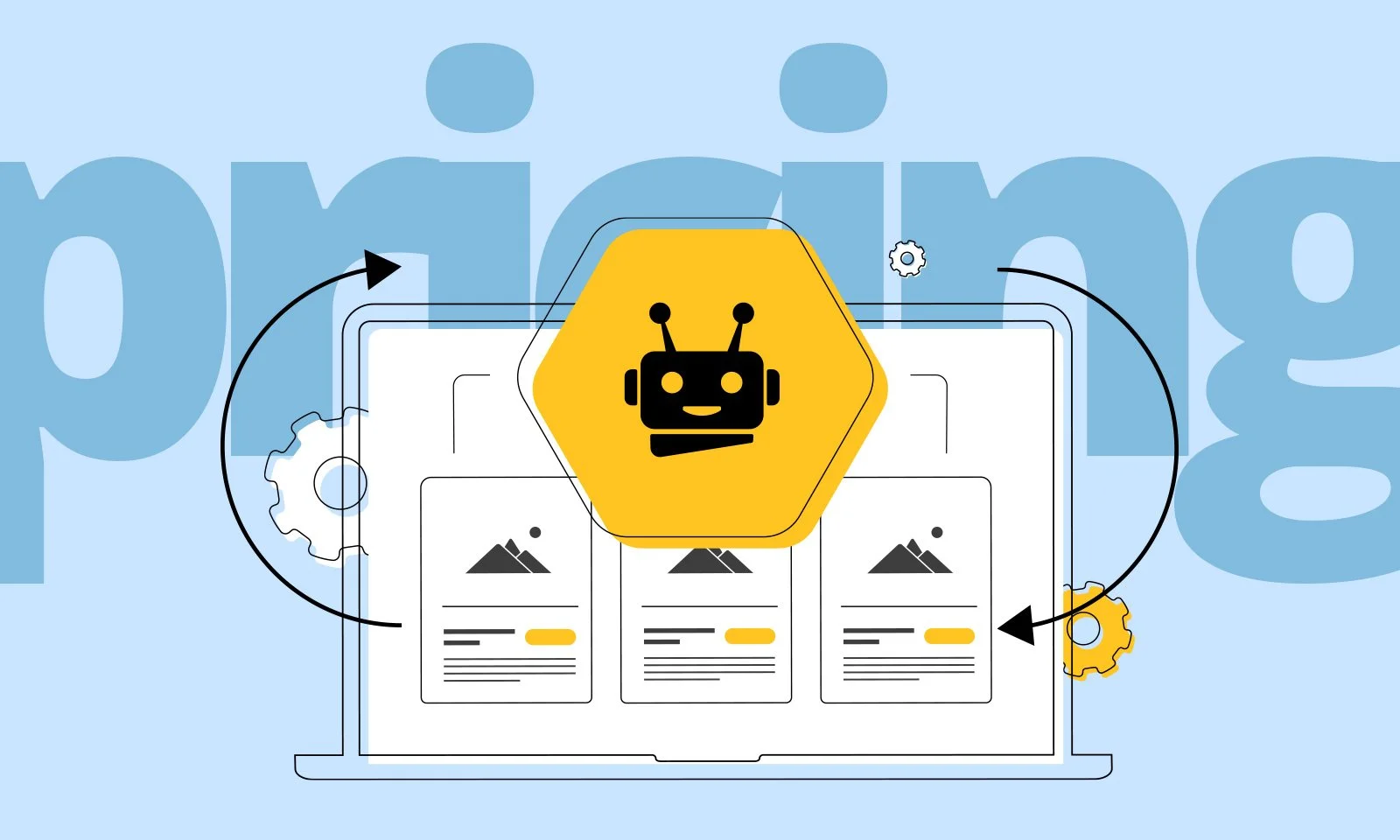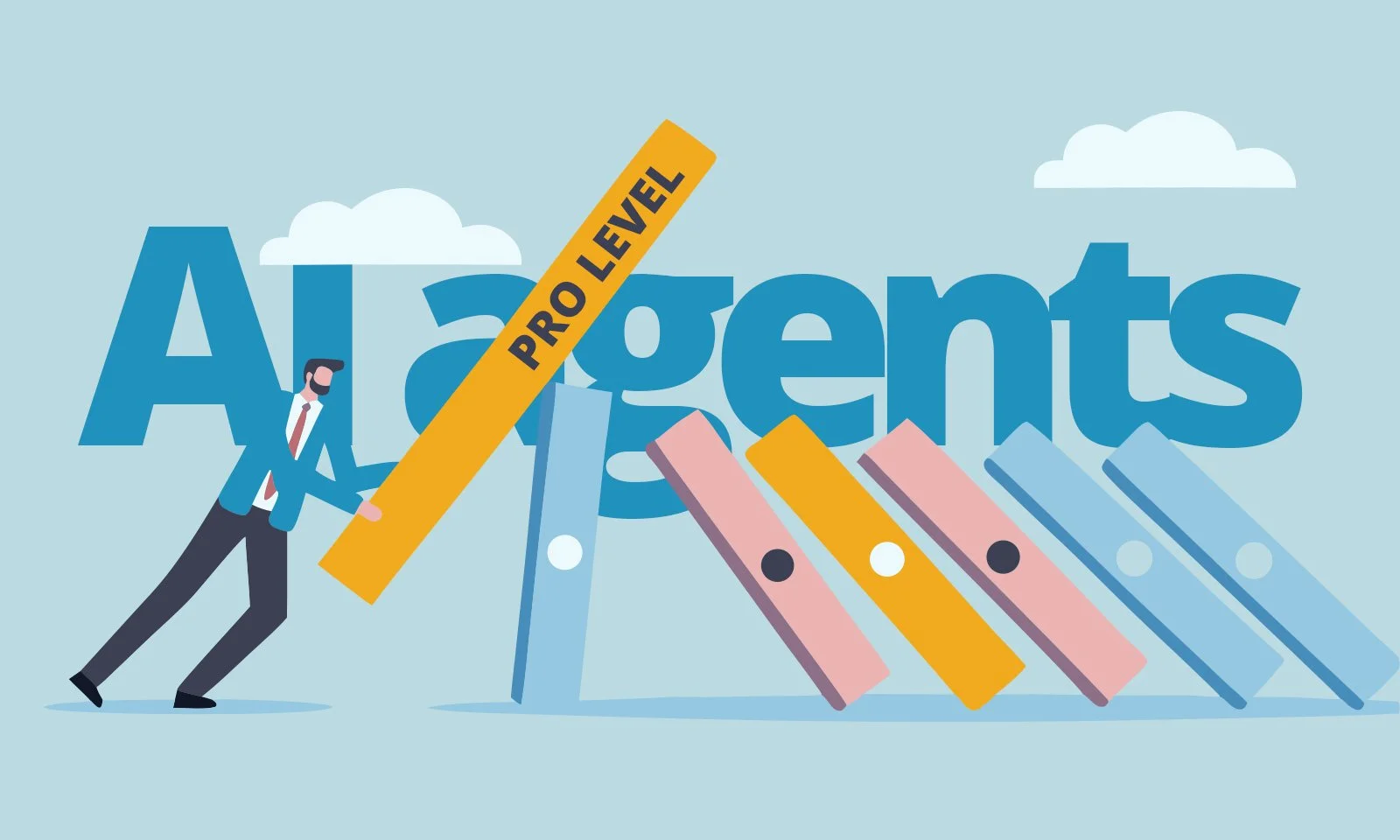What if...
By Gregory Ronczewski, Director of Product Design at Ibbaka. See his skill profile.
What if we change our approach?
What if there is another way?
What if the sky is the limit?
Or what if there is no limit at all?
Design loves to ask what if. In fact, asking this question is essential for any project. But, unfortunately, we often miss opportunities without considering alternative solutions, subconsciously sticking with preconceived answers that are used only because it has always been done this way - we are supposed to learn from the past to avoid mistakes. If the design solution is based on the past, then it is not new - it is the past over and over again—a predictable future based on the known past.
What if the university's website has on the home page a question, "what is your dream?" and the space to type it? No programs, admissions, faculty, etc. What is your dream? I guess a similar UI can be found on ChatGPT, right? I don't like ChatGPT, but I admit, the way it welcomes you is perfectly done. In Designing Your Life, Bill Burnett and Dave Evans wrote that only 27 percent of US student grads end up in a career related to their major, based on the "dysfunctional belief that your degree determines your career." I can relate to this statement. After spending five years studying architecture and getting my master's, I spent less than a year working as an architect. However, I appreciate and respect the time, my teachers, my peers, and the experience subconsciously supports and informs my current and future work.
The idea is to try everything. Test it, even if it sounds unlikely - especially if it sounds unlikely. Use imagination and curiosity, two critical skills. Amuse yourself with ideas that are off the chart. What if... and then, and only then, ask yourself how it feels? To go along a path never walked before. Is it natural? Are there any tensions? Can you sense a fight for domination between your key players? Does the current layout offer enough personal space for everyone involved? Those paths are actually easy to find with a bit of effort and a quiet mind. After all, not everything has been invented. I hope not.
I am reading another book—I often read a few together, a concept learned from Ibbaka’s Co-Founder, Steven Forth—The Plant Based Athlete by Matt Frazier and Robert Cheeke (the foreword is written by Doctor Michael Greger, the author of How Not to Die Cookbook), the book looks at nutrition from a new—actually, it's not new. It's old. Ancient Rome's old—perspective. What if top-performing athletes find everything they need to break world records in wholesome, plant-based food?
Nutrition, professional sports, designing your life - why bring these to a blog dedicated to skill and talent management? Well, why not. It is the approach, open mind and critical thinking (another essential skill) designers use to inform the work). And it seems that not just designers - everyone more or less connects the dots, feeding experiences from every aspect of life into whatever the work is.
Last week, during one of the calls—we are a 100 percent remote company—a few marketing questions came to light. To be specific, social media marketing. We regularly engage with the pricing and design thinking communities on LinkedIn, but what about other channels? To be honest, a few months ago, we agreed that we would look at Instagram, Twitter, and Facebook later as per our roadmap. Perhaps the fact that these questions surfaced means that we should review our options. What if... waiting was a good thing? For instance, Instagram, from a photo-sharing platform, has become a video-sharing space. What if... posting video content will change how we think about marketing. It may be a dead end, but we will never know without trying. Or, how about finding one sentence from each of the blog posts and using it to create an image for the Instagram feed—sentence after sentence, a message will emerge as long as we are consistent. Complicated? Not at all. With a little bit of courage, amusement and free-thinking, we can see how our audience responds. How do we know that our audience uses social media? Because everyone does, even the biggest naysayers like me.
So what is the message? What is the story Ibbaka is telling? This is where things get really interesting. If we look at the timeline and where we are today, it results from continuous dialogue with clients, changes and improvements, tries and errors, leading to the point when we proudly offer
"Pricing services and software that enables B2B companies to connect value and price to optimize prices and justify them in the market."
Sounds good, but what about Ibbaka Talio, the Skill and Talent Management? It is here. Look at the pyramid (or is it a star). It is all connected around value - the bonding component. However, without asking "what if," we would not be here today, working with companies that are equally curious to optimize their approach to pricing. Or rather, finding a way to feel the pricing pulse and, instead of reacting to unforeseen problems, use pricing tools to make adjustments and generate value proactively.
Is it just marketing, or is it a factual statement? It is authentic (I admit, I am a little biased) because constantly asking, what if got us here and the companies we are working with will confirm it? What started as a thought, a dare in our imagination, is now a truly beneficial software. Never underestimate the power of thought. What if...











